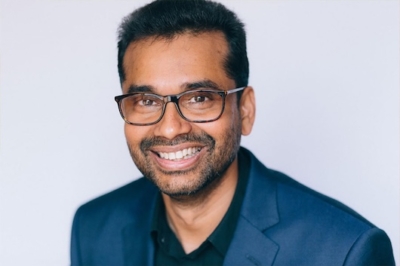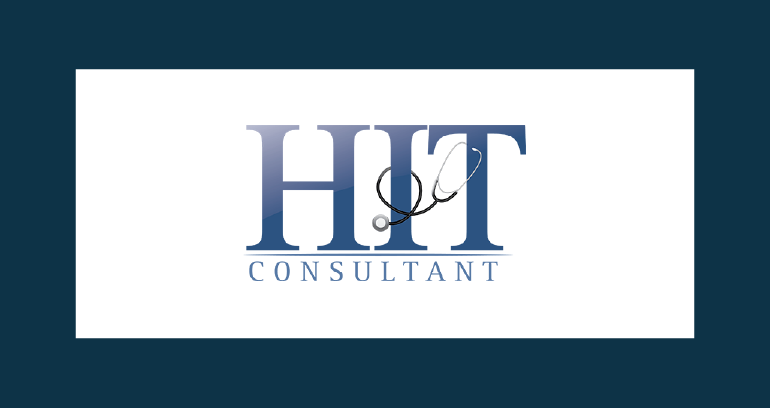
Is your business setting higher DEI standards in today’s workplace?
For a company to remain competitive and survive in today’s marketplace, its leaders must be willing to fully embrace what it means to build a culture of adaptability among a diverse workforce and live up to its own expectations.
Improving the company’s culture won’t happen overnight, but if leaders begin to gather and share employee success stories and transformative behavior patterns, doing so will plant the seed of change for the better. In turn, top talent will be more likely to take a second look at potential career opportunities at the prospective company.
Here are 14 suggestions from Fast Company Executive Board members that can lead to a better work environment and a desire to change.
1. Prioritize Diversity in Leadership Roles.
Diverse leadership is critical to adaptability in a diverse workforce. When employees see themselves in the leadership team, it creates a stronger connection with the organization, fostering a sense of belonging and trust. This can lead to greater adaptability and resilience in the face of change. Prioritizing diversity in leadership creates a culture of inclusion that supports all employees. – Cheryl Stokes, CNEXT
2. Gather Employee Success Stories to Seed the Culture.
The most important word in this question is not “adaptability” or “diversity.” The key word is “culture.” Culture doesn’t happen organically; in fact, culture is deliberate. It’s what we teach others to guide them through uncertainty. Thus, organizations need to start gathering and sharing stories of how employees were adaptable and how their actions led to success. Such stories help seed the culture. – Matthew Wride, DecisionWise
3. Hire A Mix of In-House Staff Members and Contractors.
We must challenge ourselves to not only adapt existing workforce models but to also explore new ones. More people are seeking to work on their own terms, and marketplaces powered by tech are making that possible. Proactively building a workforce strategy informed by data that includes both traditional employees and independent contractors will make or break companies in the future. – Regan Parker, ShiftKey
4. Create Trust Through Intentional and Frequent Communication.
To really tap into the power of what diversity can do for your business, you need to build a culture of trust with strong, adaptive, intentional communication strategies. This means fostering frequent and meaningful engagement. These experiences will encourage the ability to keep an open mind. – Gabrielle Lukianchuk, ABBYY
5. Leverage The Metaverse to Train Your Team and Encourage Collaboration.
Corporations can build a culture of adaptability by leveraging the enterprise metaverse to foster open communication, offer immersive training, and encourage collaboration. Virtual environments offer inclusive spaces for diverse employees to engage, share ideas, and develop skills. Customizable avatars can help bridge cultural gaps, while gamification can motivate and empower the workforce. – Alex Howland, Virbela
6. Provide Mentorship and Growth Opportunities.
This requires fostering an environment that embraces change and encourages continuous learning. Begin by promoting open communication, transparent decision-making, and inclusivity. Invest in employee development through training, mentorship, and opportunities for growth. Encourage cross-functional collaboration and value diverse perspectives to enhance the overall adaptability of the workforce. – Leigh Dow, BlackCloak
7. Demonstrate Your Vision with Clarity, Confidence, and Honesty.
Laying your cards out on the table with clarity, confidence, and honesty speaks volumes to all workforces. Along with transparency, ensure consistent, reliable mentorships, training, and check-ins, and create many opportunities for open lines of communication. These practices strengthen relationships between you and your team and between employees of diverse backgrounds. – Larry Brinker Jr., BRINKER
8. Encourage Innovation and Experimentation from The Top Down.
Building a culture of adaptability starts with organizations communicating the importance of it, empowering employees to take risks, fostering collaboration and diversity of thought, and prioritizing continuous learning and development. It starts with leadership and creating an environment and tone from the top down that encourages innovation, experimentation, and embracing change. – Shawn Nason, OFFOR Health | MOFI
9. Give Every Employee A Voice to Share Opinions and Offer Solutions.
Regardless of role, everyone should be encouraged to share opinions and experiment with innovation. Especially in times of change, enabling teams and individuals to offer solutions is empowering and unites your organization as one team navigating uncertainty. Above all, overcommunicate the changes that are present or on the horizon. Include and trust your teams so you can adapt together. – Raj Indupuri, eClinical Solutions
10. Model A Flexible and Nimble Workplace Before Adaptation.
Adaptability comes from the top, as does support for diverse and inclusive workforces. We unite under a mission focus and celebrate our divergent backgrounds and experiences. Leaders and managers must set the stage for flexible and nimble workplaces— it must be modeled before it can be adopted. Responsive organizations that know how to adapt will always win in the face of rigidity. – Ashley Sharp, Dwell with Dignity
11. Be Open To (and Reward) Constructive Criticism and Questioning.
I am of the strong opinion that having a diverse workforce, without a doubt, makes an organization inherently more adaptable. Bringing more, and different, opinions to the table ultimately leads to better and more creative decision-making. It’s also important to foster a culture of openness where constructive criticism and questioning are not only tolerated but actively encouraged and rewarded. – Rio Longacre, Slalom Consulting
12. Incorporate Design Thinking Principles.
Corporations and organizations can build a culture of adaptability among a diverse workforce by incorporating design thinking principles. This involves fostering empathy, promoting collaboration, encouraging experimentation, and embracing iterative problem-solving. By embedding these values, employees can better navigate change and generate innovative solutions for the company and its clients. – Goran Paun, ArtVersion
13. Instill A Strong Vision and Mission—Then Give People the Space to Align.
I have to say don’t micromanage. Most leaders think culture, diversity, and equity are such a challenge they have to be knee-deep in the movement, and they don’t. Give people space. Let them breathe. If you pay people well and instill a strong vision and sense of mission, the people will grow in alignment with the purpose of the organization and get along fine, like Google or Netflix. If not, they fall. – Shaan Rais, OmniSolutions Consultation, LLC
14. Set Up a Committee and Take Action.
Good ideas come from everywhere. Truthfully, there isn’t just ethnic, racial, and gender diversity. There is also generational, experience, and background diversity. It is what actually creates the strongest environment for innovation and positive change. Be open, don’t be afraid to confront and hear all dialogue, and be prepared to set up a committee to help enact positive change. – Stephanie Harris, PartnerCentric

A technologist with over 25 years of industry experience, Raj Indupuri is responsible for establishing the eClinical Solutions vision and future-looking technology strategy. He is deeply passionate about fostering innovation to revolutionize the Life Sciences industry with ground-breaking technologies that will modernize clinical trials and bring treatments to patients faster. As an industry veteran who has been part of the evolution of Life Sciences and clinical data management for over two decades, Raj has an astute business vision to realize the digital future and enable progress and potential with data and analytics at the core of the company’s innovative products and solutions. Raj is responsible for the overall direction and management of the company and is a Mechanical Engineer with an MBA from Boston University who firmly believes data is the new fuel that will drive human progress.
By submitting, you agree to the processing of your personal data by eClinical Solutions as described in our Privacy Policy.







